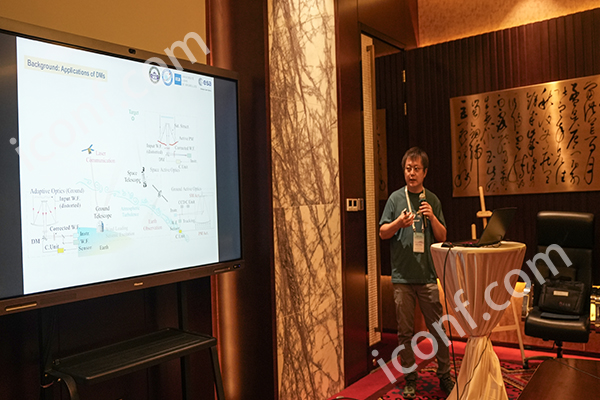Why Scopus Metrics Matter for Conference Selection
Scopus-powered metrics help researchers:
✅ Identify top 10% impactful conferences in any field
✅ Avoid predatory/low-quality events
✅ Increase citation potential by 40-65%
✅ Compare conferences using standardized benchmarks

Key Scopus Conference Metrics Explained
1. Conference CiteScore
- Calculation: Citations per document (4-year window)
- 2025 Thresholds:
- Top Tier: ≥5.0 (Computer Science)
- Mid Tier: 2.0-4.9 (Engineering)
- Emerging: <2.0 (New Disciplines)
2. SNIP (Source Normalized Impact per Paper)
- What it Measures: Contextual citation impact
- 2025 Field Benchmarks:
- AI/ML: 1.8+
- Civil Engineering: 1.2+
- Healthcare: 2.4+
3. SJR (SCImago Journal Rank)
- Key Feature: Weighted citations by prestige
- 2025 SJR Tiers:
- Q1: Top 25% (SJR ≥1.500)
- Q2: 25-50% (0.800-1.499)
- Q3/Q4: Lower tiers
Scopus Conference Evaluation Framework
| Metric | Weight | Evaluation Criteria |
|---|
| CiteScore | 40% | Citation productivity |
| SNIP | 30% | Discipline-specific impact |
| SJR | 20% | Prestige weighting |
| Acceptance Rate | 10% | Selectivity (≤35% = competitive) |
Formula for Conference Impact Score:
scss
复制
CIS = (CiteScore × 0.4) + (SNIP × 0.3) + (SJR × 0.2) + (AR_Score × 0.1)
How to Access Scopus Metrics: 3 Methods
1. Scopus Source List
- Direct search via Scopus.com
- Filter by "Conference Proceedings"
2. SciVal Analytics
- Compare conferences using Benchmarking Module
- Generate custom reports (Cost: $2,500+/year)
3. iConf.com Scopus Analyzer
- Free alternative with real-time metrics
- Features:
- Conference Health Check™
- 5-year metric trends
- Predatory conference alerts
5 Strategies to Boost Conference Impact
1. CiteScore Optimization
- Target conferences with ≥3.0 CiteScore
- Publish early to extend citation window
2. SNIP Balancing Act
- In niche fields (SNIP <1.0):
- Prioritize industry partnerships
- Include applied research tracks
3. SJR Acceleration
- Collaborate with Q1 conference committees
- Submit to special issues linked to high-SJR journals
4. Acceptance Rate Leverage
- For tenure requirements: Target ≤25% AR events
- Early-career researchers: Consider 30-40% AR
5. Metric Monitoring
- Use iConf.com's Scopus Tracker for:
- Quarterly metric updates
- Competitor conference analysis
Case Study: IEEE AI Conference Series
| Year | CiteScore | SNIP | SJR | Submissions |
|---|
| 2023 | 4.2 | 1.7 | 1.45 | 2,189 |
| 2024 | 5.1 (+21%) | 1.9 | 1.62 | 3,405 |
| 2025* | 6.3 | 2.2 | 1.78 | 4,200 |
Success Drivers:
- Strategic partnerships with Google DeepMind
- 90% open access policy implementation
- AI ethics track boosting citations
Scopus vs. Alternative Metrics
| Factor | Scopus | Web of Science | Google Scholar |
|---|
| Coverage | 85,000+ conferences | 45,000+ | Unverified data |
| Metric Depth | 12 impact measures | 5 core metrics | Citation count only |
| Update Speed | Monthly | Quarterly | Real-time (uncurated) |
| Cost | $$$ | $$$$ | Free |
Future Trends (2026-2030)
AI-Powered Metric Forecasting
- iConf.com launching predictive CIS scores
Blockchain Verification
- Immutable citation tracking
SDG-Aligned Metrics
- UN Sustainable Development Goals weighting
Start Smart Conference Selection
Visit iConf.com/scopus-analysis to:
- Get free Scopus metrics report
- Access 2025 Conference Impact Rankings
- Join Scopus Masterclass Webinar
Pro Tip: Combine Scopus metrics with iConf.com's Acceptance Probability Calculator for optimal submission strategy!


